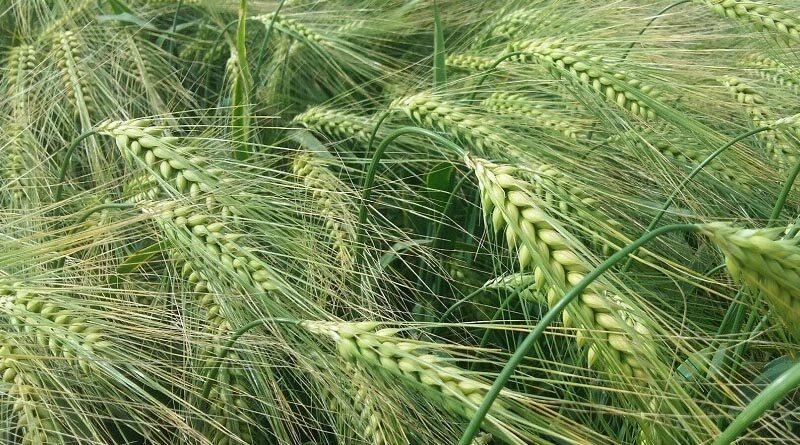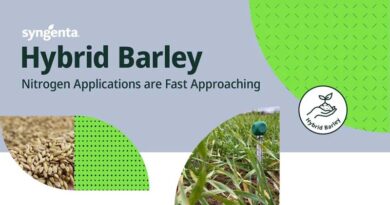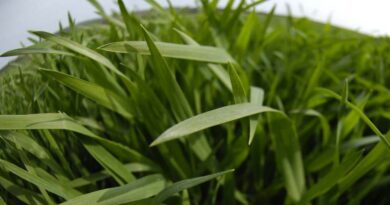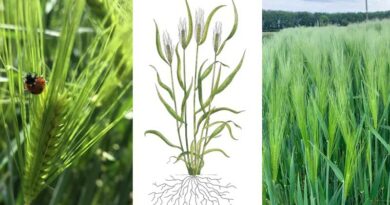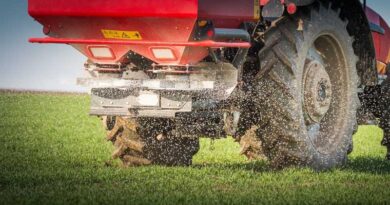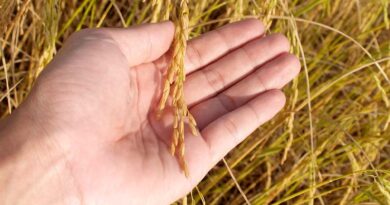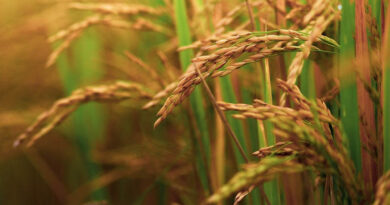Prioritise early nitrogen on hybrid barley
27 February 2022, UK: Syngenta research has shown that an early dose of nitrogen is critical for crops of hybrid barley. Early nitrogen supports the vigorous spring growth of hybrid barley and promotes tiller retention. Aim to apply the first dose of nitrogen at GS25, usually in mid to late February, as soon as conditions allow. Grass weed suppression is uniquely powered by hybrid vigour and prioritising early nitrogen supports the exceptional early spring growth of hybrid barley as well as ensuring strong root competition underground.
Syngenta trials have shown that a split of 30:50:20 delivers optimum performance from hybrid barley varieties, a 50:50 split may also be appropriate if on farm workloads are high.
Early nitrogen: “hang on to high yield”
Factors affecting early growth have more effect on final yield in sink limited crops. Sink capacity is determined by the number of grains set and the potential size of each grain. Often barley doesn’t produce enough grains to store all the assimilates produced by the plant at grain fill. This is described as “sink limited”. Maximising sink capacity is crucial to deliver high yields and sink capacity in barley is largely determined by fertile shoot number.
Act now to maximise sink capacity in hybrid barley
High yield is reliant on producing a high number of ears per m2. Tiller retention in early spring will drive high fertile shoot number and determine ears per m2.
Early nitrogen in hybrid barley delivers…

Precision timing and application are key to effective nitrogen utilisation
- Check soil temperature to ensure spring root growth has started
- Measure temperature at 5-10 cm (rooting depth)
- Target application following 3 consecutive days at 4.5-5 oC
- This will ensure applied N is absorbed by the plants roots rather than sitting unused in the soil
- Check that conditions are suitable for application
- Follow local best practice guidelines
- Soil should not be waterlogged or dry and cracked, frozen or snow covered
- Heavy rain is not forecast for 48 hours
- High winds may degrade application pattern
- Calibrate machinery to ensure accurate dose and placement
- The physical characteristics such as the density, size, shape and strength of the fertiliser will affect how evenly it spreads and the machinery settings required.
- Set up the spreader to spread evenly at a specific bout width
- Calibrate the spreader to spread at the correct rate
Syngenta standard nitrogen guidance


